#inside and outside
Note
just finished reading cotg and i have a question for you
is percy an ass man or a tits man? 🤔
he’s an annabeth man.
#he’s obsessed with every part of her#inside and outside#pjo#percabeth#percy jackson#annabeth chase#anon ask#answered ask
60 notes
·
View notes
Link
Abstract
Your brain keeps you alive and well by running a metabolic “budget” for your body. Our authors, who co-direct the Interdisciplinary Affective Science Laboratory at Northeastern University and Massachusetts General Hospital, explain how these budgetary activities, and the sensations they create inside your body, suggest surprising connections between brain, mind, body, and world.
Right now, as you read this text, it may seem like your eyes are simply detecting words out there in the world. But you’re not detecting—you’re constructing. In every moment, outside of your awareness, your brain constructs a model of the outside world, transforming light waves, pressure changes, and chemicals into sights, sounds, touches, smells, and tastes. Your brain continually anticipates what will happen next around you, checks its predictions against sense data streaming in from your eyes, ears, and other sensory surfaces of your body, updates the model as needed, and in doing so creates your experience of the world. This covert construction of your senses is called exteroception.
Your brain also models the events occurring inside your body. In much the same way that your brain sees sights, feels things that touch your skin, and hears sounds, it also produces your body’s inner sensations, such as a gurgling stomach, a tightness in your chest, and even the beating of your heart. Your brain also models other sensations from movements that you cannot feel, such as your liver cleaning your blood. The construction of all your inner sensations is called interoception and, like exteroception, it proceeds completely outside your awareness.
For a long time, scientists treated interoception and exteroception as completely separate domains of sensation, bounded by your skin. But recent research has revealed that the two might not be as separate as they seem, and their boundary is fuzzy. Perhaps more importantly, the science of interoception reveals some surprising insights about how your brain works and may be a key to better understanding health and illness.
Your Brain Runs a Budget for Your Body
You live in a complex body. With over 600 muscles in motion and dozens of internal organs, your body pumps 2,000 gallons of blood per day, balances dozens of hormones and other chemicals, regulates the energy of billions of neurons, digests food, excretes waste, and fights illness—all of it nonstop throughout your life. Your brain’s most important job is to coordinate and control the systems of your body as they burn and replenish energy efficiently. Your brain ensures that the right amounts of salt, glucose, water, and other vital resources are available where and when they’re needed, so you can walk, think, learn, innovate, and love. This constant budgeting of your body’s needs is called allostasis.
Allostasis is a predictive balancing act. Your brain moves your body through a massively complex world full of other brains-in-bodies, so it must constantly guess which of your cells need what resources… and guess well. If your heart rate is too fast or slow for the physical demands you face, or your lungs don’t process sufficient oxygen, or your cells become insensitive to the glucose that ultimately powers your muscles, you’re not likely to live long. So, your brain is engaged in the constant body-budgeting of allostasis, anticipating your body’s needs at every moment while deciding which efforts are worth the metabolic investment. Right now, for example, your brain is using some glucose and other metabolic resources to read these words. Learning and moving your body are some of your brain’s most costly operations, metabolically speaking.
Efficient energy regulation, therefore, is a major selection pressure for all living things. Animals live longer and suffer from fewer diseases when their tissues, organs, and systems receive the right nutrients just when they are needed. Such animals are more fit to reproduce. They can explore further for food and better protect themselves from predators, learning all the while and honing their models of the world. The more effectively and efficiently a brain can invest its energy, therefore, the greater the metabolic return.
Go to:
Sensing the World Around You
Reading this text depends on seeing, which is one form of exteroception. To perform this activity, your brain makes metabolic investments to model the world outside your body. It directs your eye muscles to contract and relax in a pattern that allows your eyes to sweep across a line of text—at each moment predicting what you will see next, based on past experience (see Figure 1). Your brain then directs your eyes to stop and fixate briefly to compare its predictions to the visual data arising from the page. It makes any necessary corrections and then directs the next volley of eye movements.
Vision, like other forms of exteroception, operates in the service of movement. Think about it: How do you know how far away to hold this page, so the article is legible? How do you even know where your limbs are in space? How do you manage not to bump into things when you walk, successfully guide your spoon to your mouth, or pick up a cup with the right amount of force? It’s all about sensation and its intimate ties to allostasis. Your brain sees, hears, feels physical contact, and constructs other sensations not because these activities are intrinsically fun or valuable, but because sensations are the means by which your brain controls your body’s many moving parts. Your movements give your brain the sense data to build its model of the world, and this model guides your actions, ultimately supporting allostasis so you survive, and even thrive, in the world around you.
Exteroception works mostly by prediction. Your brain issues motor commands, say, to move the muscles of your head, eyes, and other body parts (even before you’re aware) and simultaneously predicts the sensations likely to result from those movements. When the actual sense data arrives from the sensory surfaces in your eyes, skin, and other sense organs, your brain integrates the data to confirm or correct the predictions to refine or adjust the motor movements. In constructing your sensations, your brain estimates the state of the world in order to control and coordinate your body’s movements.
Go to:
Sensing the World Inside You
The muscles attached to your skeleton are not the only moving parts of your body. As you read this article, your brain is conducting a mostly silent symphony of movement inside your body, involving your organs, autonomic nervous system, endocrine system, and immune system. Your lungs continually expand and contract to take in oxygen and expel carbon dioxide as your heart beats to pulse blood throughout your body and brain. If what you’re reading seems interesting or unexpected, your heart rate and respiration may slow.
Many other things that you might not think of as movements are indeed movements of a sort. For example, the flow of your saliva to aid digestion; the surge of chemicals that create inflammation; and the gush of cortisol from your adrenal glands. (Cortisol has been called a stress hormone, but it is more correct to call it a metabolic hormone; it gets glucose into your bloodstream quickly when your brain predicts your body will need it.) Even conversations between the cells of your intestine and the bacteria that reside there are considered motor movements; this constant chatting aids digestion, and over time can even adjust the length of your intestine to regulate how quickly you digest!
Interoception, like exteroception, operates in the service of movement predictively. Here’s the gist: Your brain issues motor commands that adjust the insides of your body, and it simultaneously predicts the sensory consequences of those movements. At the same time, the sensory surfaces inside your body, including dozens of cells that monitor pressure changes, temperature, contractions, stretches, nutrients, gases, toxins, and various chemicals, send a steady stream of sensory signals back to your brain via electrical impulses in your spinal cord and swirling chemicals in your blood. Your brain integrates these sensory signals to confirm or correct the predictions and adjust its predicted movements, if necessary, thereby maintaining allostasis efficiently. In this way, your brain anticipates the needs of your body and proactively coordinates the internal movements that deliver glucose, water, salt, oxygen, and other resources to an infinite amount of cells just in time.
For example, think of the last time you were thirsty and drank a glass of water. Within seconds after draining the last drops, you probably felt less thirsty. This event might seem ordinary, but the water actually takes about 20 minutes to reach your bloodstream, so it can’t possibly quench your thirst in a few seconds. What relieved your thirst? Prediction. As your brain plans and executes the actions that allow you to swallow, it simultaneously anticipates the interoceptive consequences of gulping water, causing you to feel less thirsty long before your brain learns from the body about your increased hydration.
Go to:
New Insights and Deep Implications
There is still much to learn about the mechanisms of interoception and what they mean for health, illness, and basic mental functions. Exteroceptive senses such as vision are relatively better understood—perhaps because scientists are often guided by their experiences, and we don’t experience most interoceptive activity. Nevertheless, creative research by those who do study interoception has brought forth some intriguing insights. New ideas are transforming our most basic understanding of brains and bodies and challenging our most basic assumptions of how they work together to create the mind, control actions, and cause illness. We’ll share three such insights that blur three fundamental boundaries: what is inside versus outside the body, what is mental versus physical illness, and what distinguishes different mental phenomena.
MORE >>>
Interoception: The Secret Ingredient :: Lisa Feldman Barrett, Ph.D. and Karen S. Quigley, Ph.D.
35 notes
·
View notes
Text
I'm heading back to my regular house until next week.
#I need a break from my break#I was there to be a bit closer to Chloe#unfortunately I couldn't stay any longer there were to many windows#and no pool#and there were too many people outside#but it was a bit easier to get around#inside and outside#anyway it was too stressful so I left
3 notes
·
View notes
Text
. . .
sono entrata in questa bolla affascinata dai toni tenui , dai contenuti culturali , letterari , introspettivi .. ho spostato delicatamente con la mano il portone socchiuso , piena di meraviglia , ho sbirciato; curiosa, un po' intimorita , non sono avvezza ai social , non ho profili fb nè altri simili e/o derivativi .
E mi chiedo .. mi serve ? se si , a che pro ? non credo di aver nulla di minimamente interessante da dire o da condividere .Mi interessa condividere ? si , ma con i miei cari più strettamente connessi con me , non in un palco virtuale di libero accesso . E allora che ci sto a fare qui ?
Forse voglio concretizzare il dialogo con me stessa , tratteggiare per iscritto quel che galleggia nella mia testolina . per rileggermi si , per risentirmi si . E contemporaneamente per arricchirmi , perché molti pensieri , sfoghi , stupori , entusiasmi e dolori che leggo tra i posts mi sorprendono magnificamente . Mi piace avere la conferma che oltre all'orrido che da sempre esiste ma che si propaga ora più che mai con l'impeto e la velocità di una mareggiata , oltre a questo nauseante orrore sordo , esiste un sottobosco silenzioso e profumato ; di animi gentili , nobili , lettori e creatori; di parolieri a cappella di creatori di opulente composizioni che si srotolano come spartiti e mi accompagnano in un mondo di favola, melodia e pace.
E mi lascio trasportare, fluttuo , e sorrido . E mi commuovo .
#confronto#c'è del buono#myself#inside and outside#perchèsonocosìdisadattata#déraciné#non so mai cosa dire
3 notes
·
View notes
Photo




#robert sugden#robron#the surrogacy#the big hand#the cup on his big hand#the leather jacket#the mill#inside and outside#280219#my set
27 notes
·
View notes
Photo

(Art: Photograph by Gianni Berengo)
* * * *
The more fear we have on the inside, the more our perception of the world is changed to a fearful, guarded expectancy. To the fearful person, this world is a terrifying place. To the angry person, this world is a chaos of frustration and vexation. To the guilty person, it is a world of temptation and sin, which they see everywhere. What we are holding inside colors our world. If we let go of guilt, we will see innocence; however, a guilt-ridden person will see only evil. The basic rule is that we focus on what we have repressed.
~David R. Hawkins
(Book: Letting Go: The Pathway of Surrender) :: [Philo Thoughts]
#Philo Thoughts#Gianni Berengo#David R. Hawkins#Letting Go: The Pathway of Surrender#quotes#fear#guilt#inside and outside
9 notes
·
View notes
Photo


photography by laika wallace
2 notes
·
View notes
Text
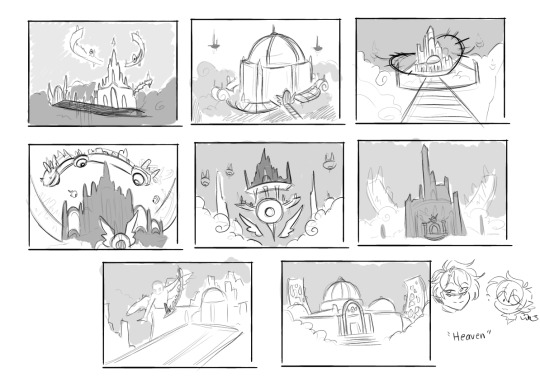
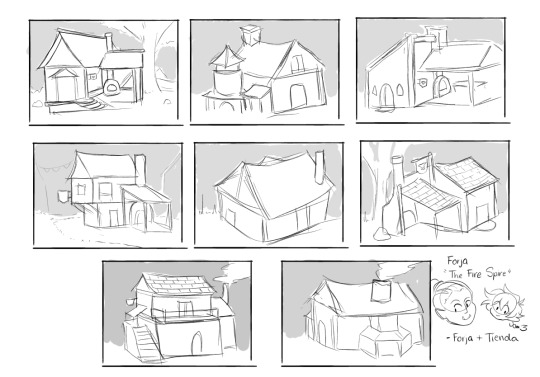
#if you ever wondered what my thumbnails look like-#i have to work on a project and design a whole ass background#inside and outside#and idk what would be better :’)
9 notes
·
View notes
Text

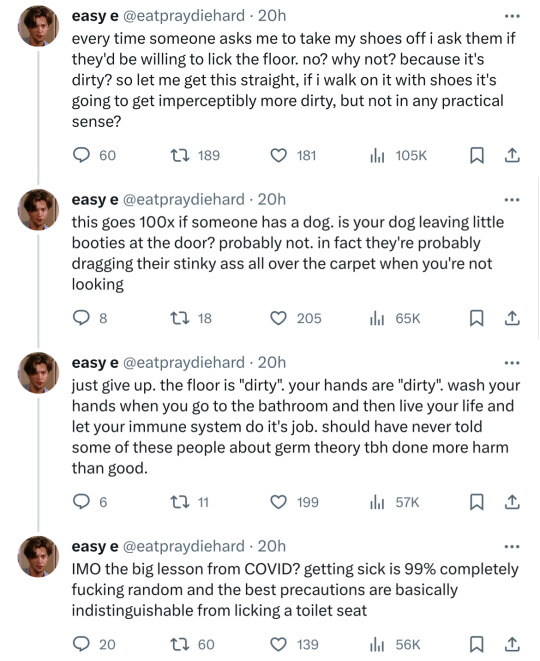
fascinated/horrified by this set of tweets…
#the thing about these tweets is the absolutely rancid entitlement in them and then the attempt to justify it#'keep up a charade that the floor is clean' do you... not clean your house? do you not mop the floors??????????#anyway. are you americans okay???#specifically…. are white americans ok????#is the right to keep your shoes on also written into your constitution?#also the getting sick is 99 per cent random tweet is giving me brain damage#anyway. nobody is coming into my home with their outside shoes on#and if the feel of your bare feet on the floors i clean almost every day is so revolting to you#we have inside shoes?????#polls#*r
29K notes
·
View notes
Text
i rlly don't like how i'm feeling. i feel like i'm showing my ugliest sides rn
1 note
·
View note
Text
The Story of Red and Green
watercolor nw 2023
When there was only the sun and the sea, Yellow and Blue, they fell in love and created Green. But no one had ever seen Green before so they didn’t know where it was until that laggard Red came along. When Red with the longest, slowest wavelength showed up next to Green, they could finally see it, especially when it snowed. Which is why at the end of the year when Yellow…

View On WordPress
1 note
·
View note
Text
David Szymanski: in my game i have invented the Iron Lung as a cautionary tale
Billionaires: at long last, we have created the Iron Lung from classic horror game Don’t Create The Iron Lung
#titanic#oceangate#james cameron#ffs this fucking thing literally has WORSE navigational abilities than the iron lung#relying on elon musk’s network for wifi not even having a beacon#again i feel bad for any researchers on there but#what kind of fucking dumbass pays $250k to be sealed in a metal death tube#like they can’t even open it from the inside it has to be opened by crew on the outside#iron lung
21K notes
·
View notes
Text





Silly quick lil comic about Junior having a nightmare and dad being an excellent sport because I thought the idea would be cute
#I’m literally obsessed with them you don’t understand#I adore them#he’s a good dad#my art#fanart#art#sketch#character design#drawing#animation#illustration#drawings#Super Mario Bros#Mario movie#bowser#bowser junior#bowser jr#comics#I literally think about them constantly and in my mind this is a hundred percent canon#I love me a man who’s intimidating on the outside and soft inside
9K notes
·
View notes
Text
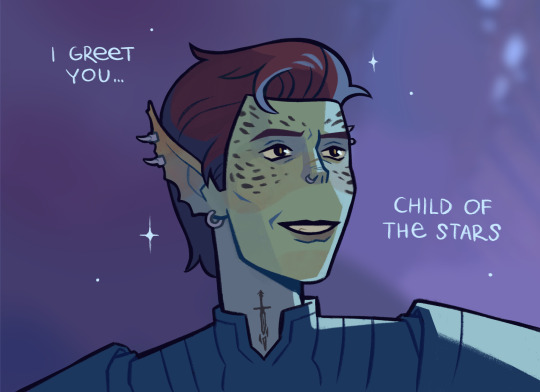

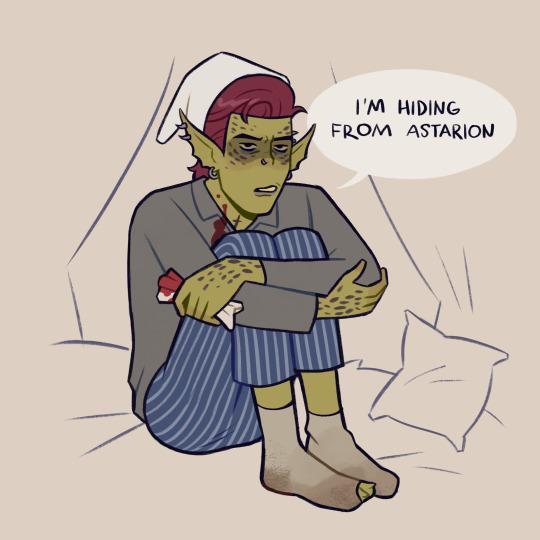



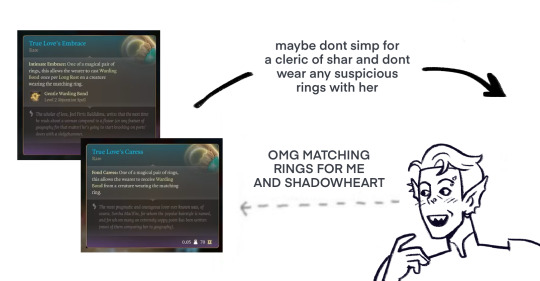

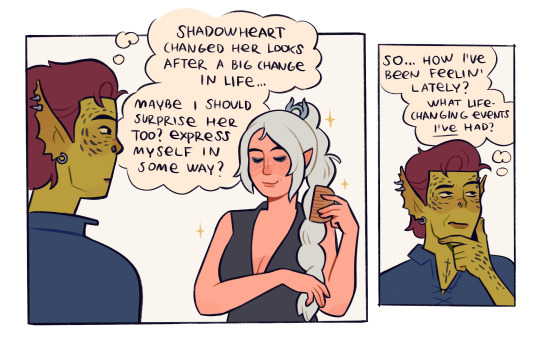


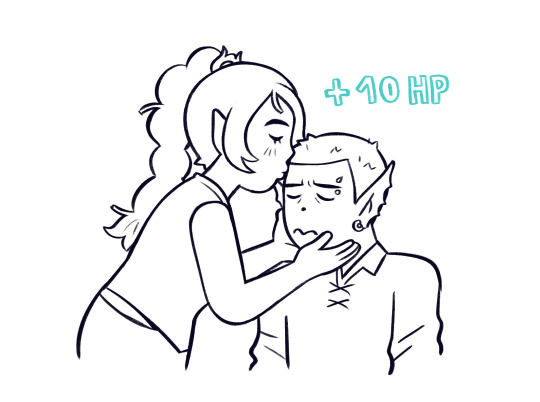
having the time of my life in bg3 romancing shadowheart
and i love love love my transmasc githyanki rogue/fighter tav (conveniently named tavish). he's so much fun to draw and to play as, just can't get my hands off him
#sarcastic and cold on the outside but softies on the inside healer companions associated with questionable organizations amirite lads????#bg3#baldur's gate 3#shadowheart#tav#baldur's gate iii#bg3 shadowheart#bg3 tav#my ocs#tavish#art
3K notes
·
View notes